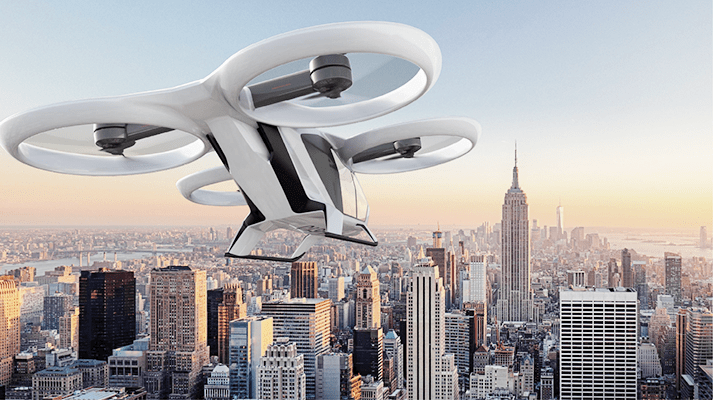Urban air mobility refers to automated air transportation services used for carrying cargos or passengers. The global urban air mobility market is anticipated to display tremendous growth during the forecast period owing to rising demand for air transportation services. Moreover, advancements in the battery capacity and autonomy of aerial vehicles have highly supported the market to expand its global footprints.
- Sikorsky has developed new Sikorsky Autonomy Research Aircraft (SARA) using the MATRIX technology. It offers a highly safe flying experience in autonomous aircraft in an obstacle-rich environment. It functions by combining the hardware and software components, thus enabling the successful execution of the mission. In addition to this, it significantly reduces the lifecycle and operating cost of the flight and its performance agnostic design enables mission tailoring. Incorporation of this technology helped the urban air mobility market expand its global footprints.
- There are several urban air mobility projects in the pipeline such as the development Cora, an air taxi prototype. Cora is remotely piloted and is currently under testing in New Zealand and California. It is developed by Kitty Hawk Corp. and is known as the Kitty Hawk Flyer. It operates as an ultralight aircraft in the U.S., thus avoiding the regulatory issues. Moreover, it has a fly-by-wire control system that offers simplified controls. Such UAM projects have served as a focal point for the growth of the global urban air mobility market.
- Prominent players in the global urban air mobility market include Kitty Hawk, EHang, Boeing, Aurora Flight Sciences, Bell Helicopter Textron Inc., Delorean Aerospace LLC, and Neva Aerospace.
A rising population has led to a rise in the on-road traffic, thus creating lucrative opportunities for the growth of the global urban air mobility market. Moreover, there is an increasing focus on environmental sustainability due to rapidly depleting natural resources. This has impacted the global urban air mobility market positively, thus propelling its growth.
Furthermore, rising commercial applications of autonomous eVITOls have led to a surge in the production of autonomous aircraft. It has also given a boost to multiple urban air mobility projects, thus causing an increment in the urban air mobility market. Along with this, the need for enhanced air mobility and the concerns pertaining to human safety have led to a surge in the market.
Planning to lay down future strategy? Perfect your plan with our research about Urban Air Mobility report by TMR
For more information please visit: www.transparencymarketresearch.com
















